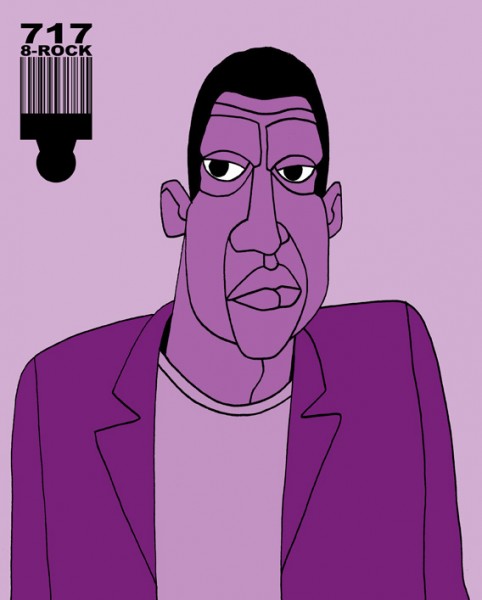The Actual Cafe, San Pablo Ave., Oakland CA
When it comes to discussions of gentrification and Oakland, I generally do more listening than speaking. Oakland is a city in the midst of great flux, but it has been since before I arrived (15 years ago). Unlike some areas of the country, Oakland seems, at least at this point, to be able to hold both the upward mobility of some of its newest residents and the class and ethnic diversity to which it has long been a home. Unlike many parts of the country, a number of Oakland’s so-called gentrifiers are Black, Latino, Asian, and Native American; and there are plenty of people of each of those ethnicities represented on both sides of the economic fence.
San Pablo Ave. is paradigmatic of this phenomenon. Blue Bird Market (see drawing #716) is one of a number of convenience stores serving the low-income renters living south of 40th, and these businesses have a large Black customer base. The again, Black folks also patronize in significant numbers the Arizemendi Bakery, the Actual Cafe, and other businesses that many have identified as harbingers of a newer, more affluent Oakland.
The class diversity of our Black and brown communities complicates the traditional politics of resistance to gentrification in that it prevents us from looking at this solely as a Black and Brown vs. white issue. It doesn’t completely neutralize the resistance to gentrification. (In fact, it doesn’t even come close.) Still, here, as in D.C. and other cities that attract young Black professionals, the questions and solutions to the influx of wealth are murkier and demand a little more thought than in places where the racial lines are drawn more clearly.
Ajuan Mance
